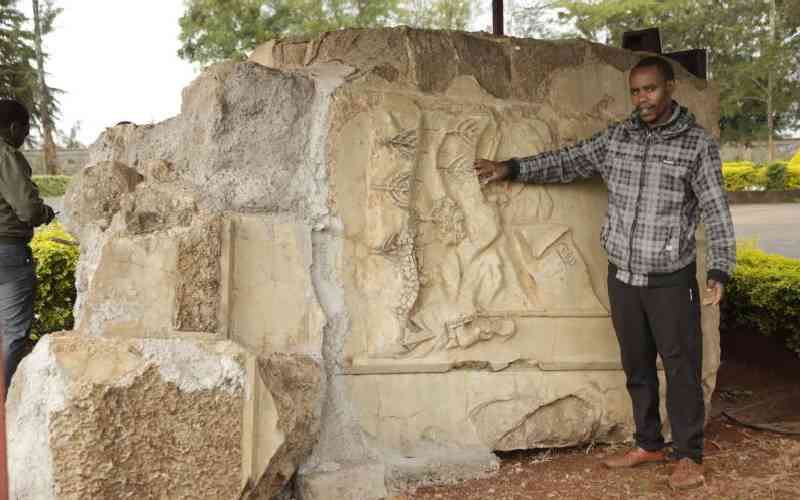×
The Standard e-Paper
Join Thousands Daily

In 2007, Mike Harries, a descendant of a British settler living in Gatundu, mentioned to an Italian diplomat, Aldo Manos, the existence of a stone pillar monument, with illustrations of war drawings on its sides.
"He was a member of Limuru Gun Club just like me and he took me to the site where he showed me a beautiful structure with illustrations on its side. It was a few metres away from a small church," recalled Dr Manos.